Traditional ramen noodles are typically made of the following ingredients: wheat flour, water, salt and lye water. Also called kansui, lye water is a food-grade alkaline liquid which is used in foods all over the world. When used in making ramen noodles, it changes the gluten’s consistency, makes the noodles yellower, and gives them their unique texture. Best of all this means that all ramen noodles should be vegan ramen noodles, and the only exception to this will be noodles that are prepared where contaminants such as eggs might stop a brand from committing to advertising their noodles as vegan.
For this plant-based ramen recipe, we are using Itsu restaurant ramen noodles. So put the instant ramen noodles down because these are easy to prepare and of course also made to a vegan recipe. This brand is readily available to us at our local grocery stores, but there are plenty of other vegan ramen brands, just check the packaging before you buy to ensure what you’re taking home is vegan-friendly too. There are also many different types of ramen, check out this ramen guide to learn some more.
So what is ramen? Ramen is a dish of Japanese origin and consists of three main components—one we’ve discussed already- noodles. The others are: broth and some tasty toppings; all of which make up a delicious bowl of noodle soup.

Shoyu is a Japanese term for soy sauce and is one of the core flavours used in a dashi broth. This broth is typically made using kombu (dried kelp) and bonito flakes (dry smoked fish). This is, however, not particularly vegan. For this reason, we are going to make our vegan ramen broth like the Buddhist monks that practice a plant-based diet would. We’re going to replace the fish-based ingredients with other ingredients packed with bold natural flavors such as some umami-rich dried shiitake mushrooms, the perfect plant-based alternative. This combination of soy sauce and dashi makes a dashi shoyu broth.
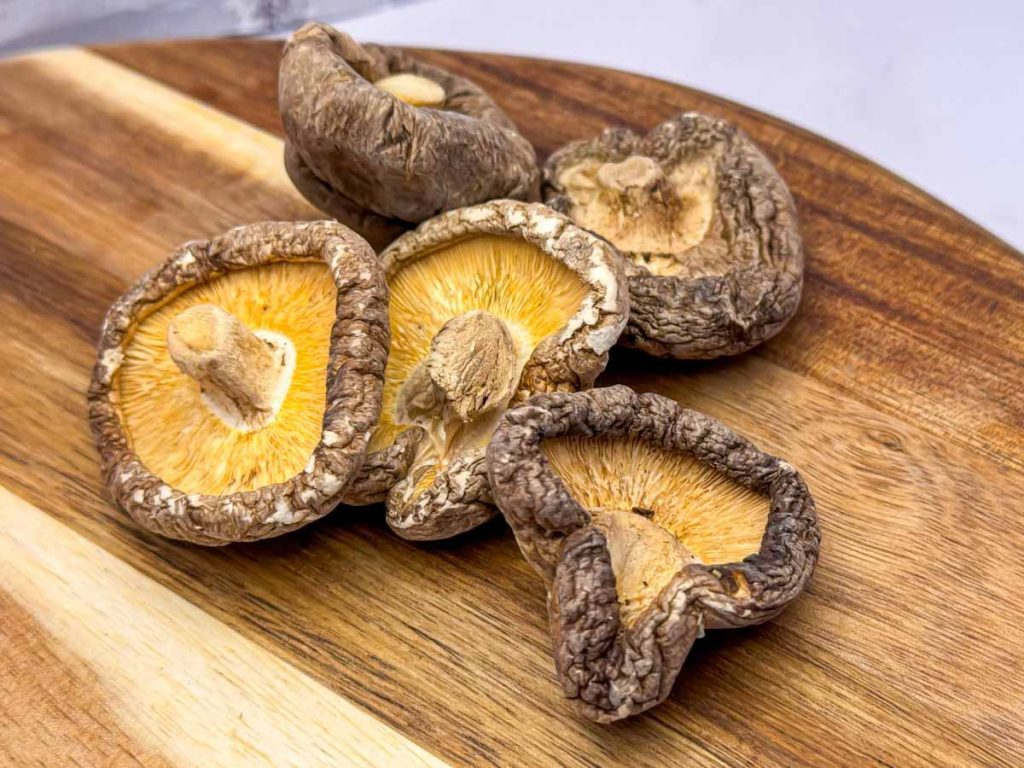
Why use dried shiitake mushrooms instead of fresh? Compared to fresh shiitake mushrooms, the dried alternative is known for its rich umami flavor, perfect for making a bold soup base. They have an intense smoky taste which will give your ramen the depth of flavor you want. We hope you enjoy making our easy vegan ramen recipe.
If you feel like trying out one of our other oriental inspired dishes then how about an easy vegan sushi bake with tofu, or our plant-based beef and green pepper in black bean sauce?
Easy Plant-Based Ramen Broth Ingredients
Dashi Shoyu Broth Ingredients
2 cups water
20 g kombu
20 g dried shiitake mushrooms
4 cups vegetable broth (soup stock)
6 Tbsp soy sauce
1 Tbsp rice vinegar
1 Tbsp mirin
Ramen noodle ingredients
150 g ramen noodles (prepared to a vegan recipe)
Toppings ingredients
250 g pak choi
1 Tbsp sesame oil
2 tsp salt
1 tsp of chilli oil
1/4 tsp of chilli flakes
1/2 Tbsp sesame seeds
2 tsp crispy onions
2 tsp lime juice
Optional Ramen Egg ingredients
4 vegan hard boiled eggs
3/4 cup mirin
1/4 cup soy sauce
1 Tbsp sugar
How to Make Easy Plant-Based Ramen
Dashi Shoyu Broth
To prepare the kombu, after weighing out 20 g, use a pair of scissors or a sharp knife and just cut a few slots into the seaweed every inch or so, this will help to release the flavour into your dashi.
In a medium-sized saucepan with the lid on bring 2 cups of water and the 20 g of kombu to a gentle simmer over medium heat for about 10 minutes, stirring occasionally to keep the seaweed submerged.
Remove the pan from the heat and add your 20 g of dried shiitake mushrooms. Stir them in with the kombu and set the pan aside to steep for half an hour, keeping the lid on the pan.
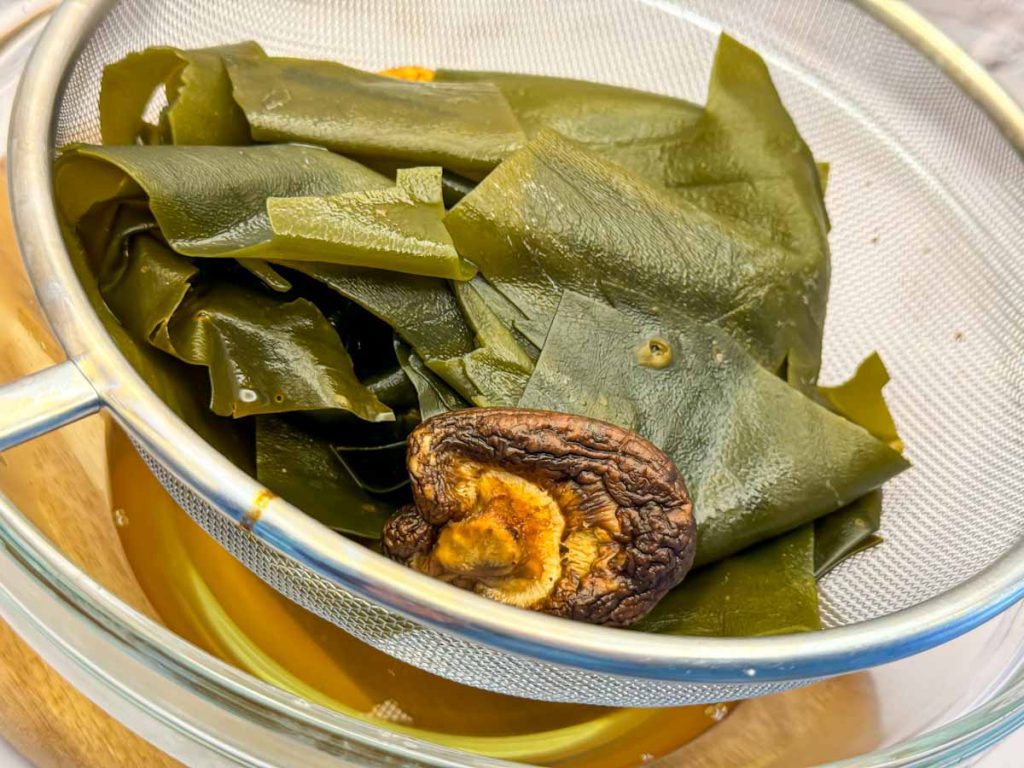
Using a sieve, pour the liquid into a jug, separating all of the seaweed and mushrooms from the dashi. You can discard the kombu and shiitake mushrooms, or keep them for another recipe.
Pour the liquid from the jug back into the saucepan and add all the other dashi shoyu ingredients. Give everything a good stir and bring the broth to a gentle bubbling simmer over medium heat (also a good time to bring a pan of water to the boil for the pak choi), then turn the heat off while you cook the pak choi topping and noodles.
Pak Choi and Ramen Noodles
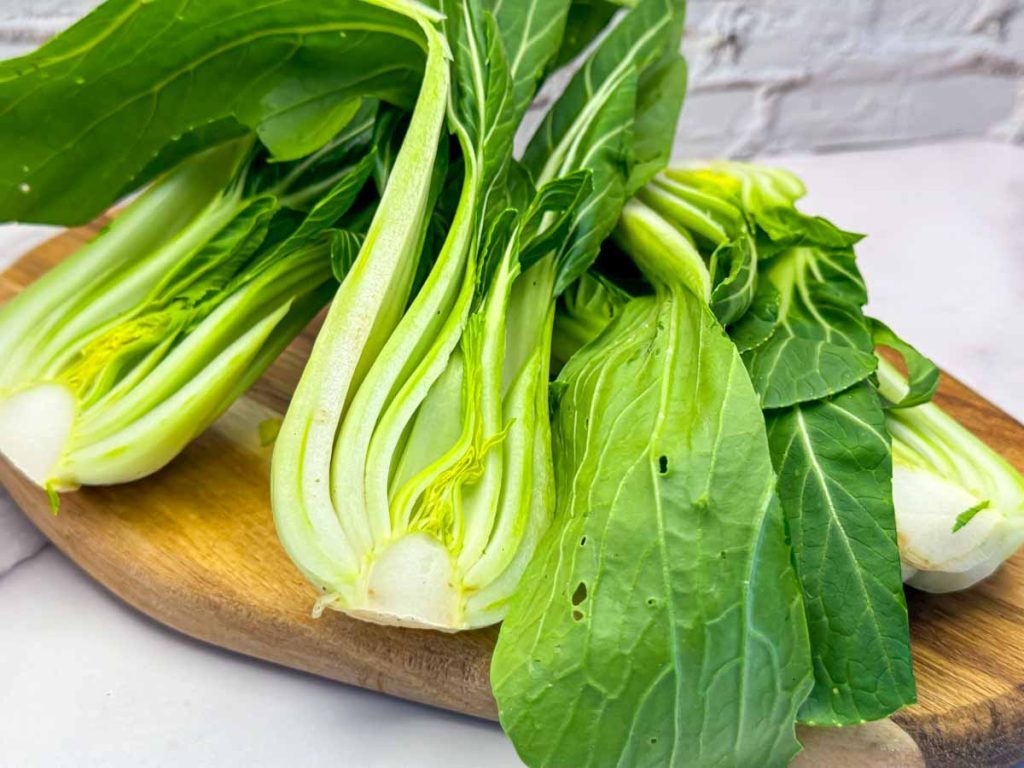
Start by cutting the pak choi lengthways down the middle.
Bring a large pot of water to a boil, with enough water to completely submerge the pak choi in.
While the water is coming to a boil add 2 teaspoons of salt to the pot and stir it. Once the water is boiling pour in a tablespoon of sesame oil, and stir the water again.
Add the pak choi to the pot of boiling water and using a large spoon push them under the surface of the water and let them cook for a couple of minutes.
After 2 minutes, when the pak choi has turned a brighter shade of green, remove them from the water and let them sit in a colander or sieve for a moment while you cook the noodles.

Drain away the water you just used and bring a pot of fresh water to a boil (now is also a good time to warm up your ramen bowls and reheat the broth ready to serve).
Add the noodles to the boiling water and reduce the heat to a simmer, cooking the noodles for 3 minutes (time may vary between different noodle brands), you want to avoid over cooking your noodles otherwise you’ll ruin the texture of the noodles.
Drain your ramen noodles and serve them up with your broth and toppings.
Serving Plant-Based Shoyu Ramen
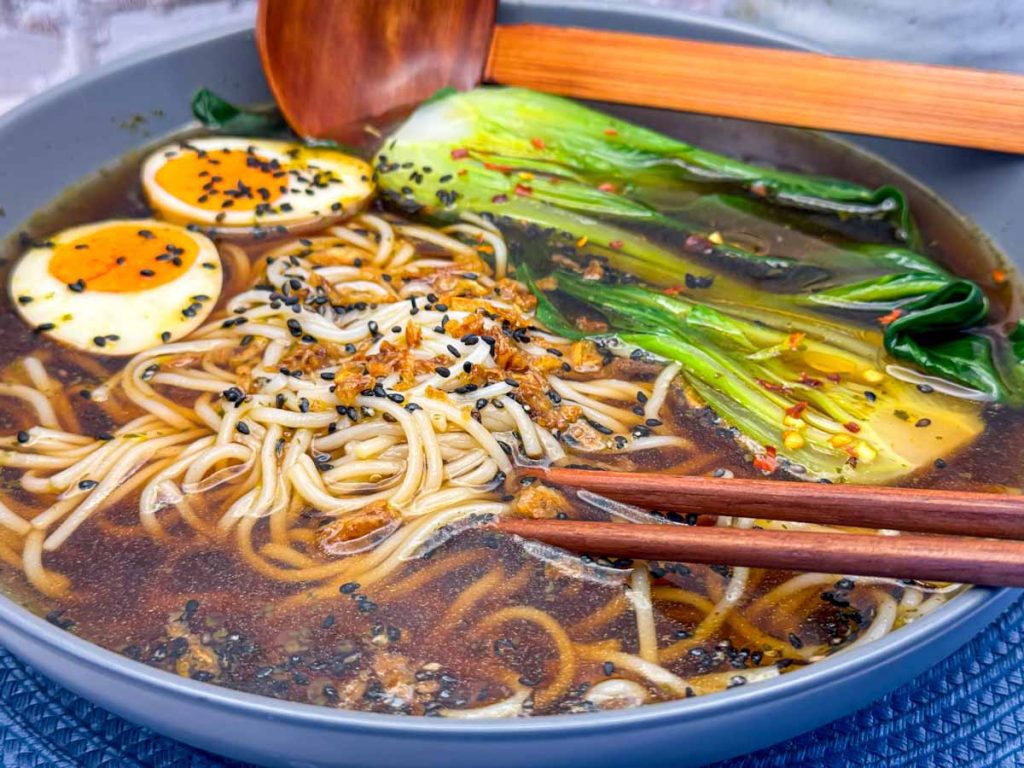
Preheat your ramen bowls either in the oven or the microwave, you do not want to serve your ramen in a cold bowl as it will absorb the heat from your broth straight away.
Warm up your flavorful broth again over medium heat for a couple of minutes until it is hot and ready to serve. You can make a quick taste test now and again until you’re happy with the temperature and then pour it out into your warm ramen bowls.
Distribute your noodles between the bowls and then lay out your pak choi next to the noodles in the broth.
The toppings ingredients listed are to be shared between two portions of ramen. Begin by adding the chilli oil and chilli flakes to the pak choi.
Scatter the sesame seeds and crispy onion over the noodles before dashing some lime juice over the whole bowl. Then serve straight away while warm.

Optional Ramen Egg
Make your ramen egg marinade by combining the mirin, soy sauce and sugar in a bowl.
Place the vegan hard-boiled eggs in the marinade and leave them to soak up the flavours for 2 hours.
When ready, slice the egg into two halves and serve onto your tasty homemade ramen noodle soup.
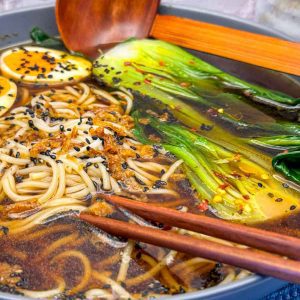
Are Ramen Noodles Vegan (Easy Plant-Based Recipe)
Equipment
- 1 Large Saucepan
- 1 Medium Saucepan
- 1 Sieve
Ingredients
DASHI SHOYU BROTH INGREDIENTS
- 2 cups water
- 20 g kombu
- 20 g dried shiitake mushrooms
- 4 cups vegetable broth soup stock
- 6 Tbsp soy sauce
- 1 Tbsp rice vinegar
- 1 Tbsp mirin
RAMEN NOODLE INGREDIENTS
- 150 g ramen noodles prepared to a vegan recipe
TOPPINGS INGREDIENTS
- 250 g pak choi
- 1 Tbsp sesame oil
- 2 tsp salt
- 1 tsp of chilli oil
- 1/4 tsp of chilli flakes
- 1/2 Tbsp sesame seeds
- 2 tsp crispy onions
- 2 tsp lime juice
OPTIONAL RAMEN EGG INGREDIENTS
- 2 vegan hard boiled eggs
- 3/4 cup mirin
- 1/4 cup soy sauce
- 1 Tbsp sugar
Instructions
DASHI SHOYU BROTH
- To prepare the kombu weigh out 20 g and use scissors to cut slots into the seaweed every inch to release the flavour into your dashi.
- In a medium-sized saucepan with the lid on bring 2 cups of water and the 20 g of kombu to a gentle simmer over medium heat for about 10 minutes, stirring occasionally to keep the seaweed submerged.
- Remove the pan from the heat and add your 20 g of dried shiitake mushrooms. Stir them in with the kombu and set the pan aside to steep for half an hour keeping the lid of the pan on.
- Pour the liquid into a jug or bowl using a sieve, separating all the seaweed and mushrooms from the dashi.
- Pour the liquid from the jug back into the saucepan and add all the other dashi shoyu ingredients. Stir and bring the broth to a gentle bubbling simmer over medium heat (also a good time to bring a pan of water to the boil for the pak choi), then turn the heat off while you cook the pak choi topping and noodles.
PAK CHOI AND RAMEN NOODLES
- Start by cutting the pak choi lengthways down the middle.
- Bring a large pot of water to a boil, with enough water to completely submerge the pak choi in.
- While the water is coming to a boil add 2 teaspoons of salt to the pot and stir it. Once the water is boiling pour in a tablespoon of sesame oil, and stir the water again.
- Add the pak choi to the pot of boiling water and using a large spoon push them under the surface of the water and let them cook for 3 minutes.
- After 3 minutes, when the pak choi has turned a brighter shade of green, remove them from the water and let them sit in a colander or sieve for a moment while you cook the noodles.
- Drain away the water you just used and bring a pot of fresh water to a boil (now is also a good time to warm up your ramen bowls and reheat the broth ready to serve).
- Add the noodles to the boiling water and reduce the heat to a simmer, cooking the noodles for 3 minutes (time may vary between different noodle brands), you want to avoid overcooking your noodles otherwise you’ll ruin the texture of the noodles.
- Drain your ramen noodles and serve them up with your broth and toppings.
SERVING PLANT-BASED SHOYU RAMEN
- Preheat your ramen bowls either in the oven or the microwave, you do not want to serve your ramen in a cold bowl.
- Warm up your flavorful broth again over medium heat for a couple of minutes until it is hot and ready to serve. The pour as much broth as you want into the two bowls.
- Distribute your noodles between the bowls and then lay out your pak choi next to the noodles in the broth.
- The toppings ingredients listed are to be shared between two portions of ramen. Begin by adding the chilli oil and chilli flakes to the pak choi.
- Scatter the sesame seeds and crispy onion over the noodles before dashing some lime juice over the whole bowl. Then serve straight away while warm.
OPTIONAL RAMEN EGG
- Make your ramen egg marinade by combining the mirin, soy sauce and sugar in a bowl.
- Place the vegan hard-boiled eggs in the marinade and leave them to soak up the flavours for 2 hours.
- When ready, slice the egg into two halves and serve with your tasty homemade ramen noodle soup.
Frequently Asked Questions
What are some other popular vegan options for ramen toppings that I can use?
Nutrient rich nori (dried seaweed) is a great ramen topping, adding a fish like flavour.
For more great vegan flavors how about bamboo shoots, they are commonly fermented or seasoned and are called menma.
If you want to add some texture and color, what about topping your ramen with baby sweetcorn?
Spring Onion (or scallions) chopped and scattered on top of ramen is a popular topping.
Where did you purchase vegan hard-boiled eggs from?
In the UK there is a great store called Alternative Stores who sell vegan hard boiled eggs, made by a company called Sinless Eggs.
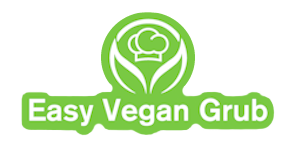
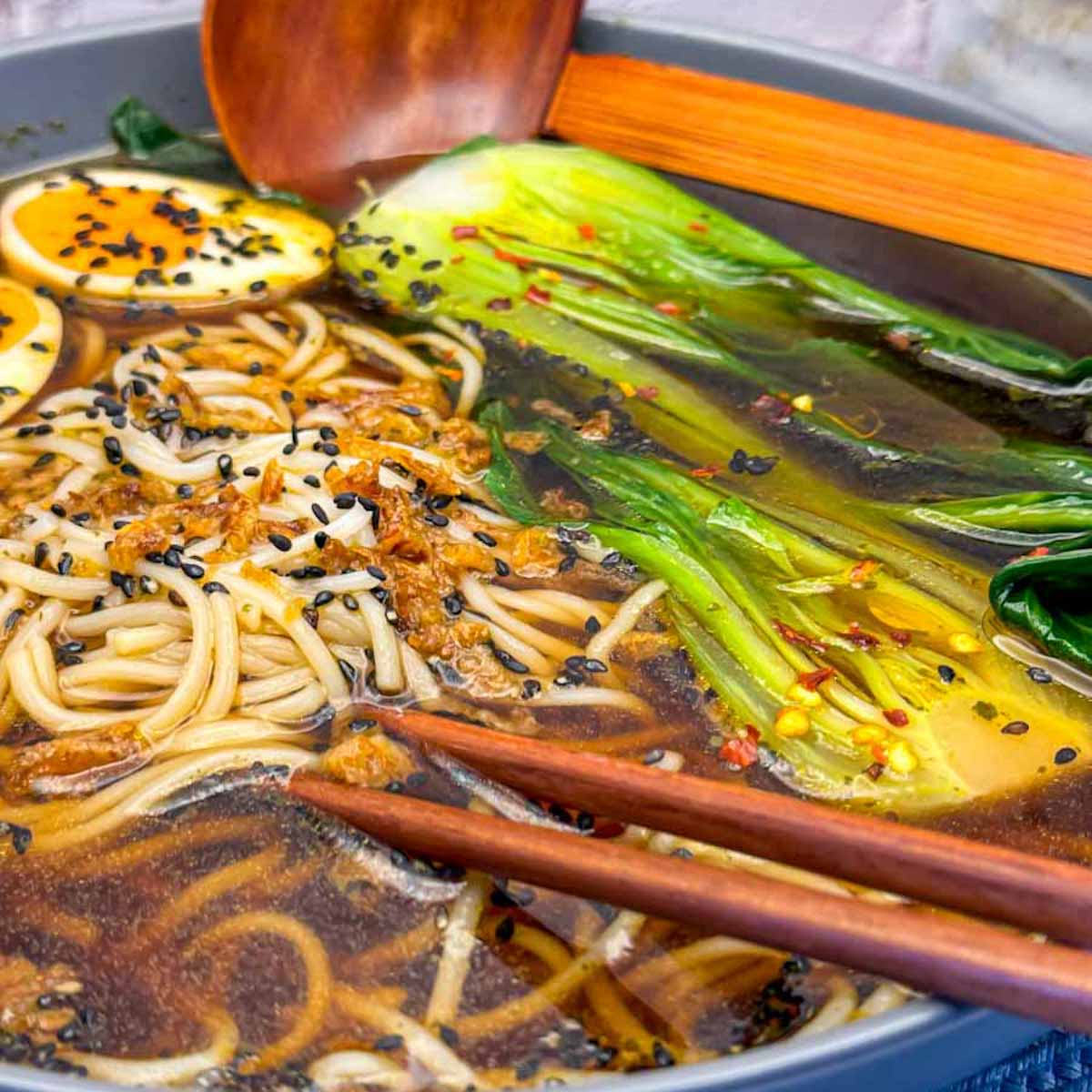




Delicious ramen, packed with umami flavor. Perfect for when you want a wholesome bowl of noodles.